Table of Contents
ToggleFull Text of the 22nd Amendment to the US Constitution
1: No person shall be elected to the office of the President more than twice, and no person who has held the office of President, or acted as President, for more than two years of a term to which some other person was elected President shall be elected to the office of the President more than once. But this article shall not apply to any person holding the office of President when this article was proposed by the Congress, and shall not prevent any person who may be holding the office of President, or acting as President, during the term within which this article becomes operative from holding the office of President or acting as President during the remainder of such term.
2: This article shall be inoperative unless it shall have been ratified as an amendment to the Constitution by the legislatures of three-fourths of the several states within seven years from the date of its submission to the states by the Congress.
The 22nd Amendment to the United States Constitution was enacted to change the two-term limit on the presidency from a tradition to a law.
Some critics say that a presidential term limit is undemocratic, as it means that the people don’t have a choice to vote for the president they want.
What is the 22nd Amendment?
The 22nd Amendment says that no president can be elected more than twice or be in office for more than 10 years.
The 22nd Amendment established term limits for the president, preventing them from being elected to more than two terms in office.
The 22nd Amendment was ratified in 1951 in the aftermath of Franklin D Roosevelt being elected for an unprecedented four presidential terms in 1932, 1936, 1940, and 1944.

While the original United States Constitution did not set term limits for the president, every president up until Franklin D Roosevelt hadn’t served more than two terms, following the tradition of George Washington.
Ironically, Teddy Roosevelt was the only other president to make a serious bid to serve more than two presidential terms.
Teddy Roosevelt, a distant relative of Franklin Roosevelt, attempted to serve a 3rd term when he ran as a 3rd party candidate in 1912 after serving in office from 1901 to 1909.
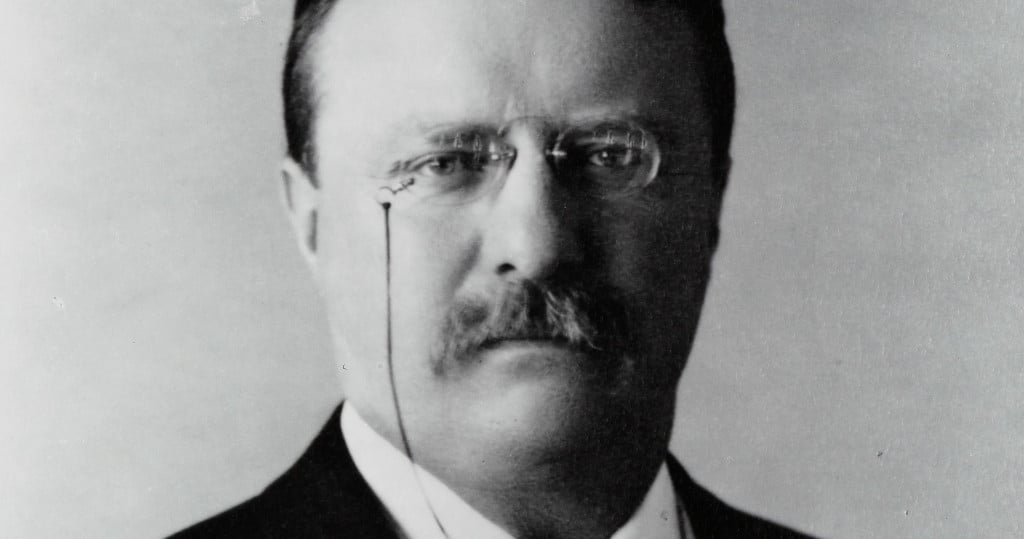
The 22nd Amendment was spearheaded by the Republican-controlled Congress in 1947. Its partisan nature was reflected in the fact that it took nearly 4 years to ratify, the 2nd-longest approval time for an amendment to the United States Constitution.
The 22nd Amendment, Section 1
Section 1 of the Twenty-Second Amendment prohibited a president from being elected more than two times.
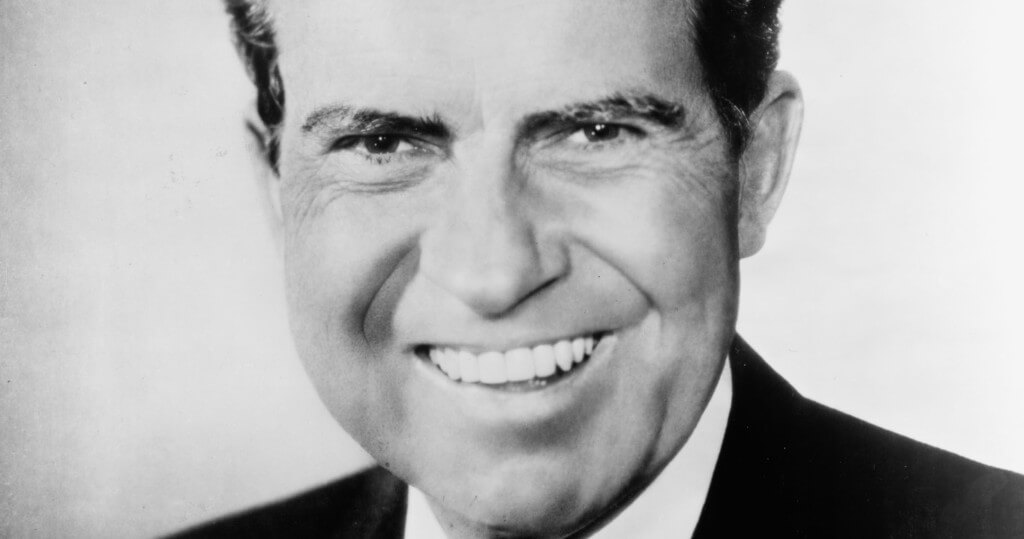
It also prohibited a president from being elected more than once if they had already served more than two years of a previous president’s term, either by death or removal from office.
Therefore, a president could serve up to 10 years as president, as long as the partial term they served was not for more than two years.
Johnson’s partial presidential term
This provision for serving a partial presidential term came into play a little over a decade later when President Kennedy was assassinated, and Vice President Lyndon Johnson took office in November of 1963.
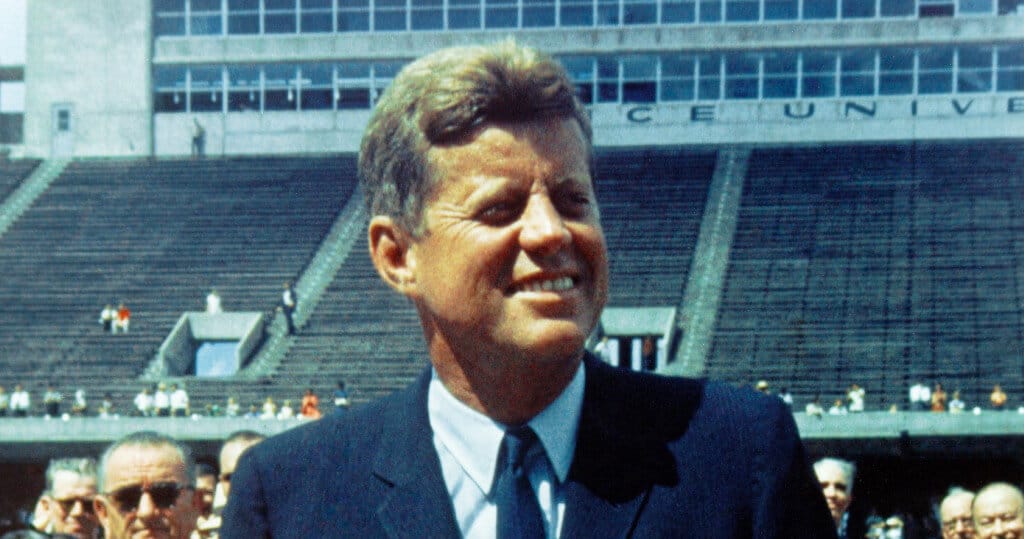
Because Johnson would serve only a little over a year of President Kennedy’s term, he was allowed to serve two more terms, though he chose not to.
The 22nd Amendment did not apply to Truman
Section 1 also stipulated that the constitutional amendment would not apply to any president currently in office when it was proposed or to any president in office when the amendment finally passed.
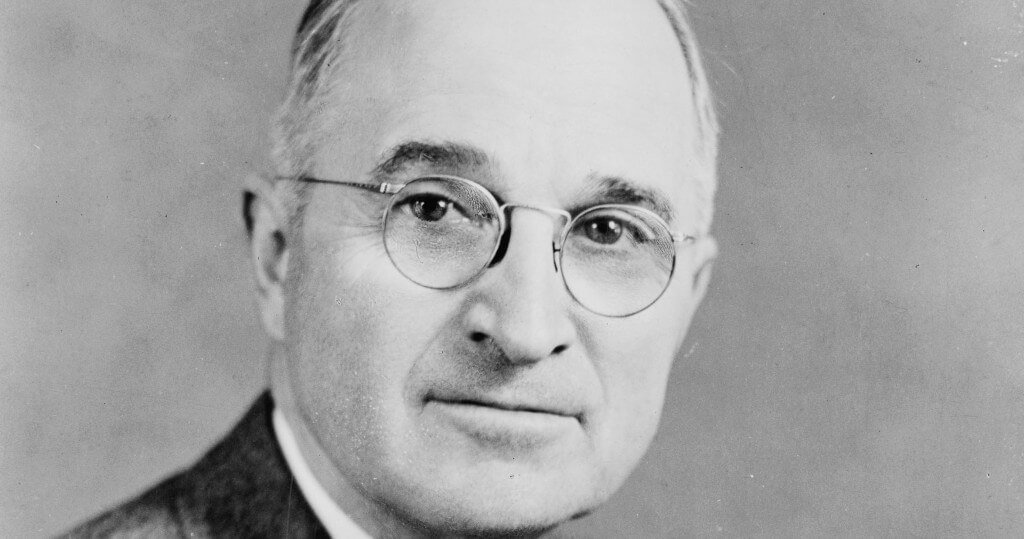
As a result, Harry Truman could have served for as many presidential terms as he wished if he had continued to win elections since the amendment was proposed and ratified when he was in office.
22nd Amendment, Section 2
Section 2 sets the timeframe and process for approving the Twenty-Second Amendment, specifying that 3/4 of state legislators must approve it within 7 years to become law.
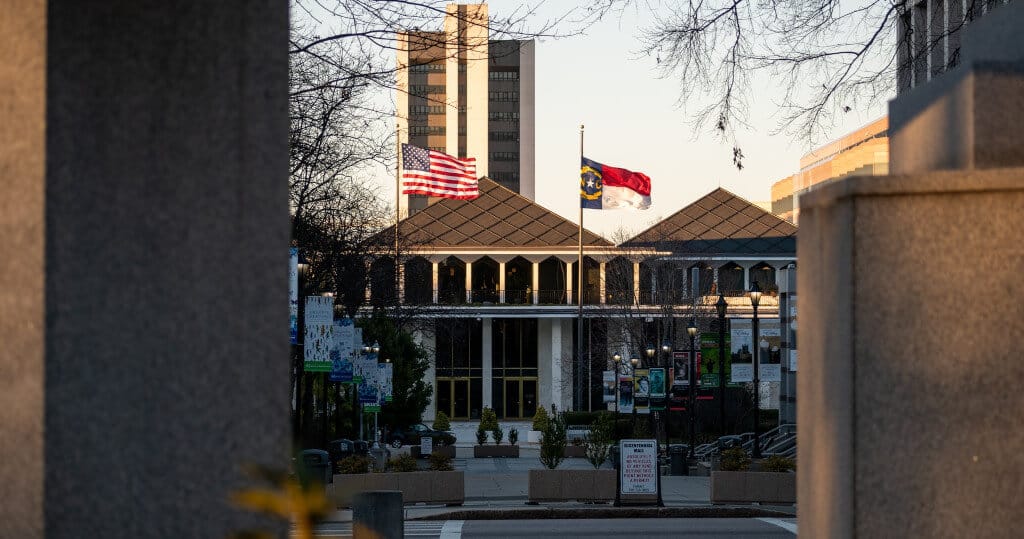
Although it was approved well within the 7-year approval timeframe, it took much longer than most other amendments.
The delay was partly because Republicans formulated the constitutional amendment as a partisan response to President Franklin Roosevelt’s four successive presidential terms.

Get Smarter on US News, History, and the Constitution
Join the thousands of fellow patriots who rely on our 5-minute newsletter to stay informed on the key events and trends that shaped our nation's past and continue to shape its present.
Dates of Proposal and Ratification for the 22nd Amendment
Passed by Congress on March 21, 1947. Ratified February 27, 1951.










One Response
Could Donald Trump be elected vice-president and become president upon the death or resignation of the newly elected president?